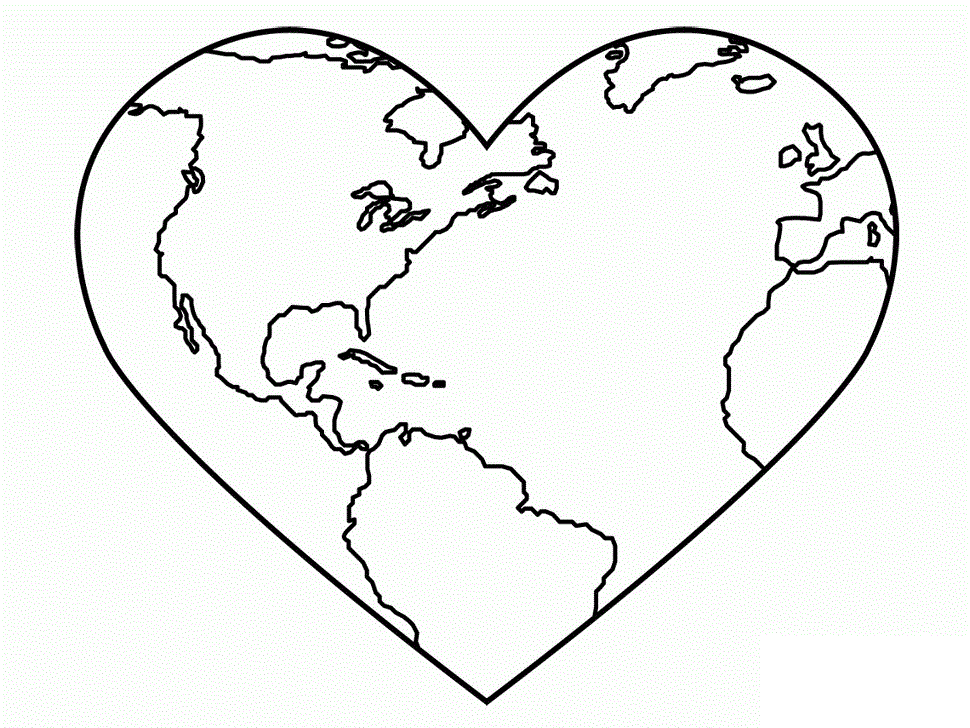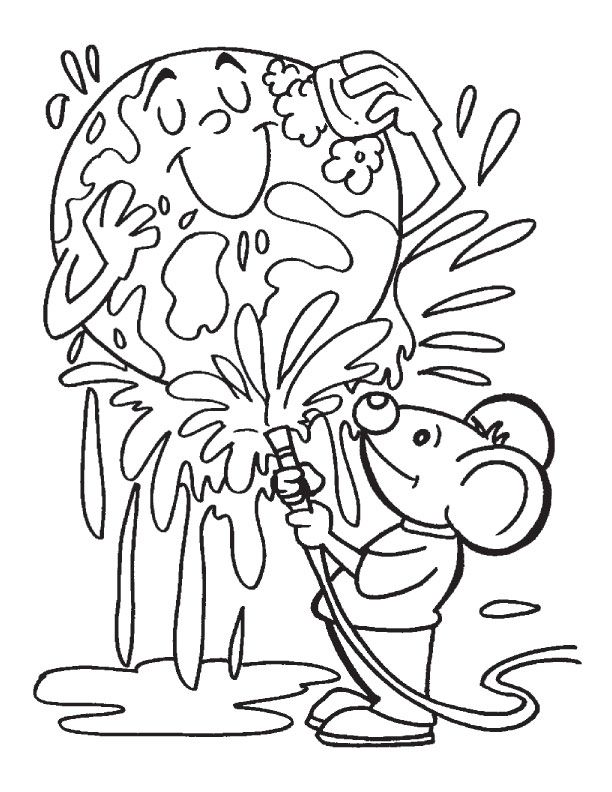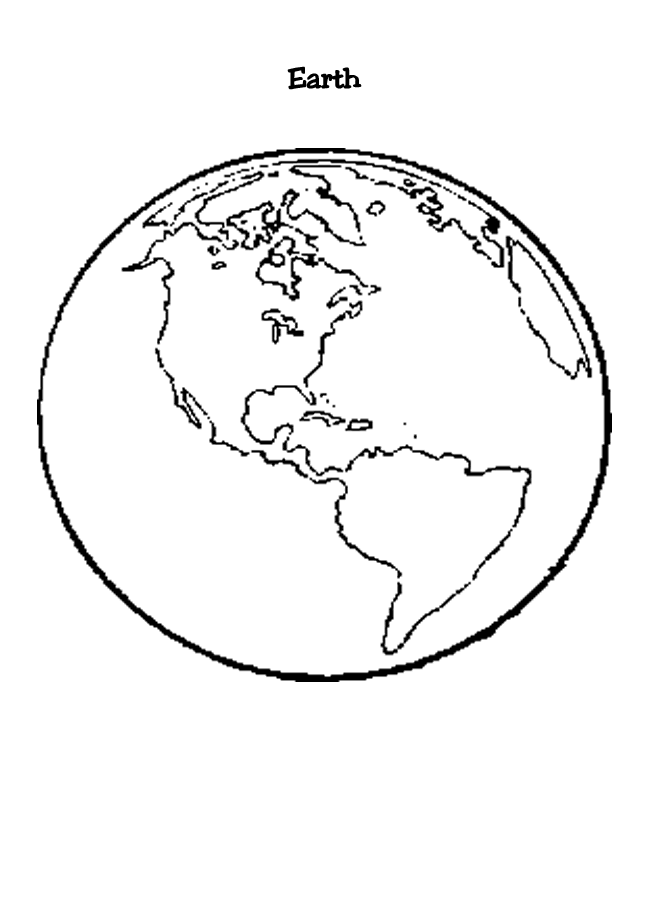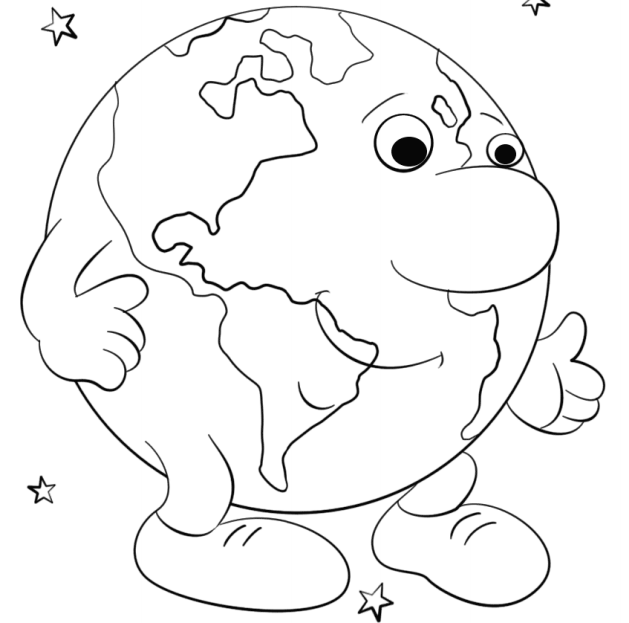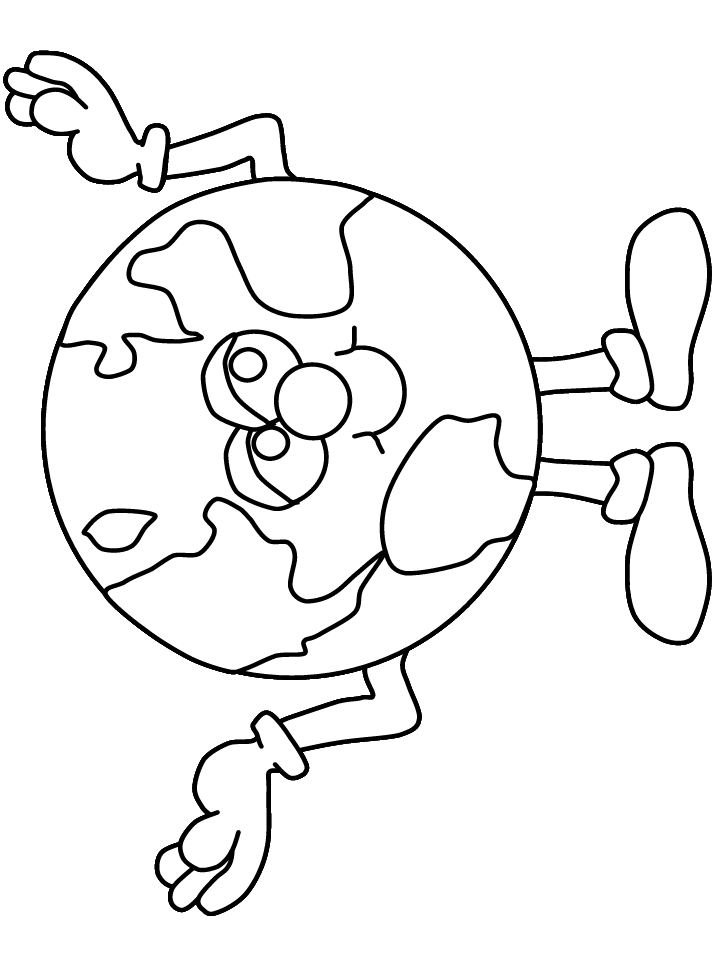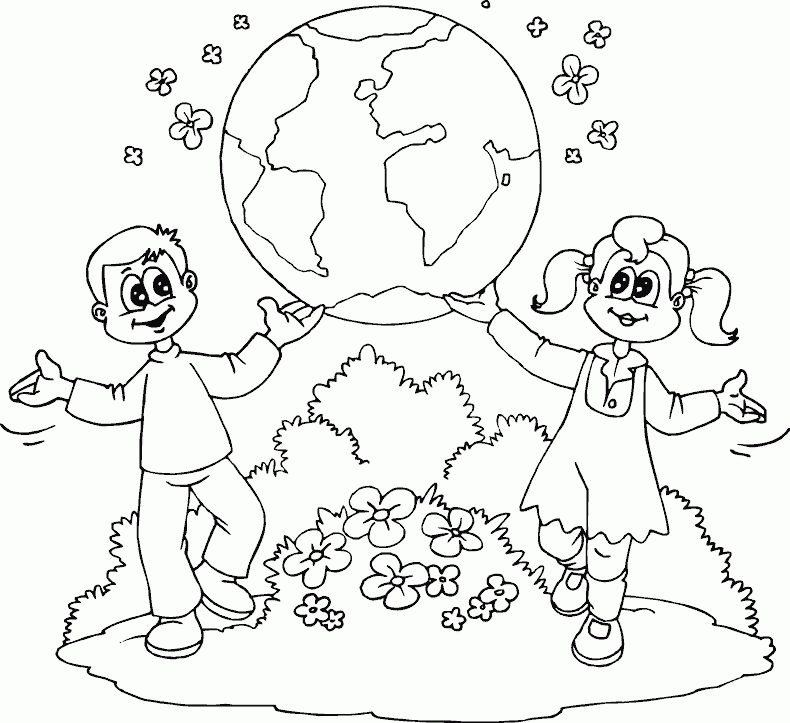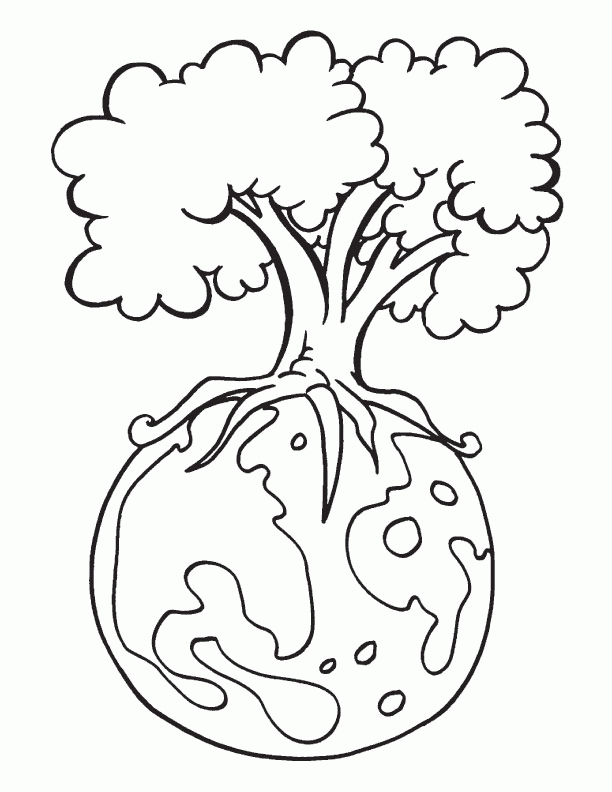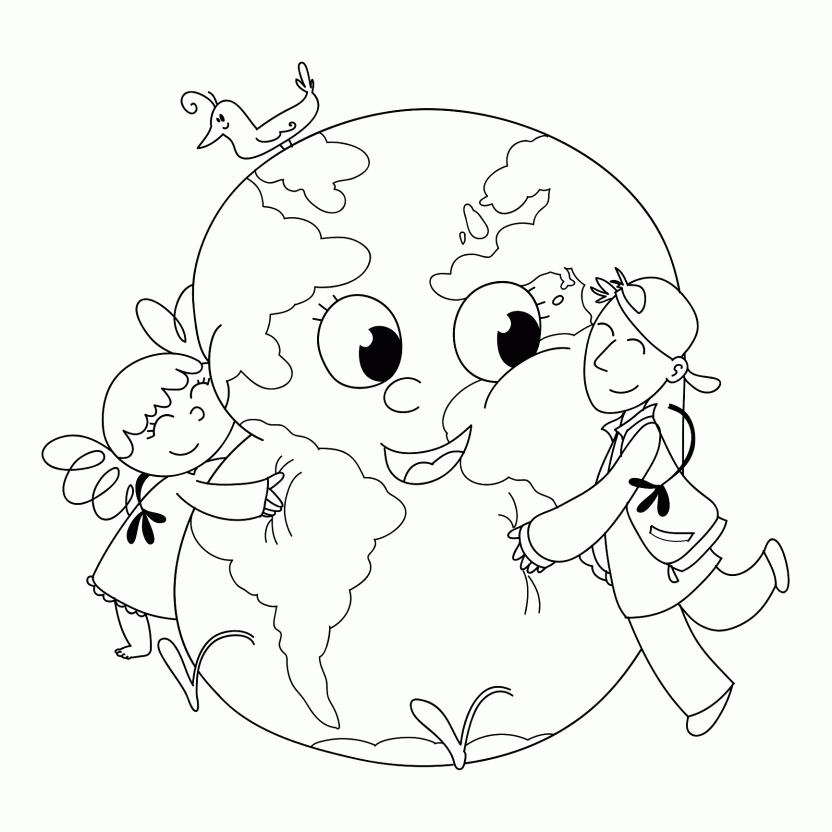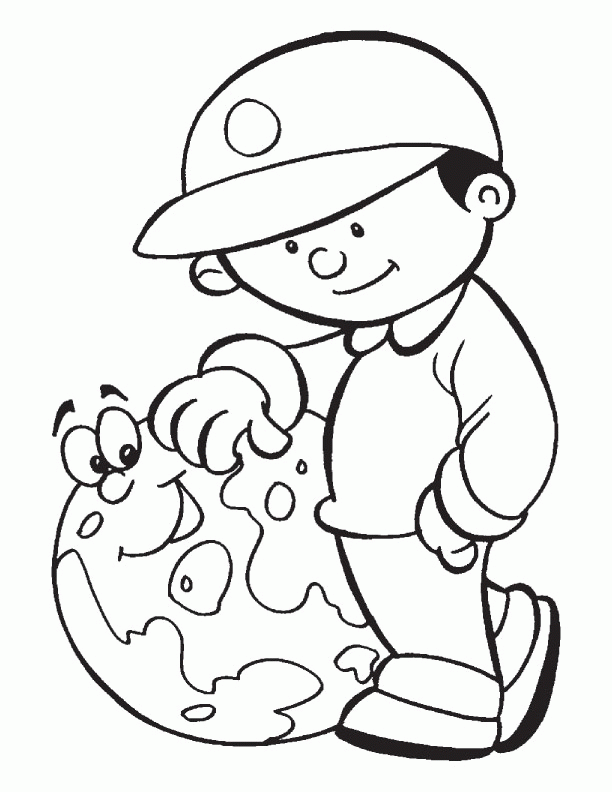Planet Earth is the third planet from the sun and the only planet known to be inhabited by humans. Earth has a diameter of about 12,756 kilometers and a surface area of about 510 million square kilometers. Earth has an atmosphere mainly composed of nitrogen and oxygen, which protects life on Earth from harmful solar radiation. The Earth also has many rivers, lakes, oceans and other bodies of water, which are among its distinctive features. Earth also has a wide variety of wildlife, including plants and animals, as well as volcanoes, geysers and other unique rock formations.
Earth - coloring pages and trivia
1. Earth is the largest of the five rocky planets in the Universe and the only planet that can be described as "alive."
2 It has its own magnetic system that protects our planet from harmful cosmic radiation.
3. forms an orbit around the Sun over the course of the year, resulting in changes in the length of the day and night, as well as the seasons.
4 It is surrounded by space, which consists mainly of solid lumps of ice and dust.
5. Earth is one of the smallest planets in the Universe: its diameter is only 12,756 km.
6 It has a strong gravitational field that holds the Moon in orbits and is responsible for attracting objects on the surface of our planet.
7 There are currently about 8.7 million species of animals and plants on Earth, of which only about 1.2 million are studied.
8 It has many human languages, including more than 6,500 human languages and dialects that will be heard around the world.
9 It is illuminated by the sun, which provides energy for all life forms on the planet.
10 It also has other natural resources, such as oil, gold, silver, cobalt and other metals.
History
Earth's history is a subject that spans millions of years. It is believed that our planet was formed about 4.5 billion years ago as a result of the Big Bang, which formed its chemical composition and the layers of the Earth's crust. Then, before the first microscopic organisms began to appear, a subduction process led to the formation of the first continents. Millions more years of evolution led to the formation of complex life on our planet. Today, Earth is home to billions of people, plants, animals and other forms of life.

